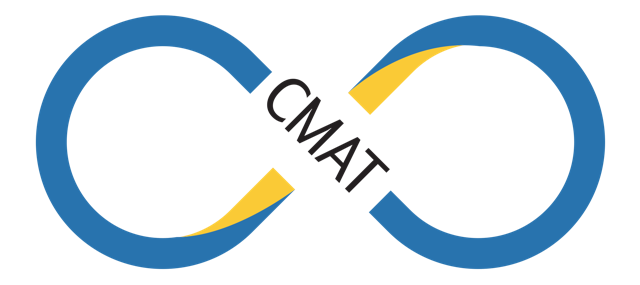A print Teacher Edition for each unit includes information on planning lessons, content and practice standards, information on the big ideas of the course in the unit, language development, and enrichment, just to name a few items. Teachers also have access to a wide variety of resources through the Teacher Portal. Some of these are: the Teacher Edition, Slide Decks, Student Packets (for projection), Essential Skills for just-in-time intervention, Skill Boosters to help fill bigger gaps, Nonroutine Problems for enrichment, Tasks, Projects, Quizzes, Tests, Technology Activities, Getting Started videos and a wealth of Program Information that explains the philosophy and program design.
